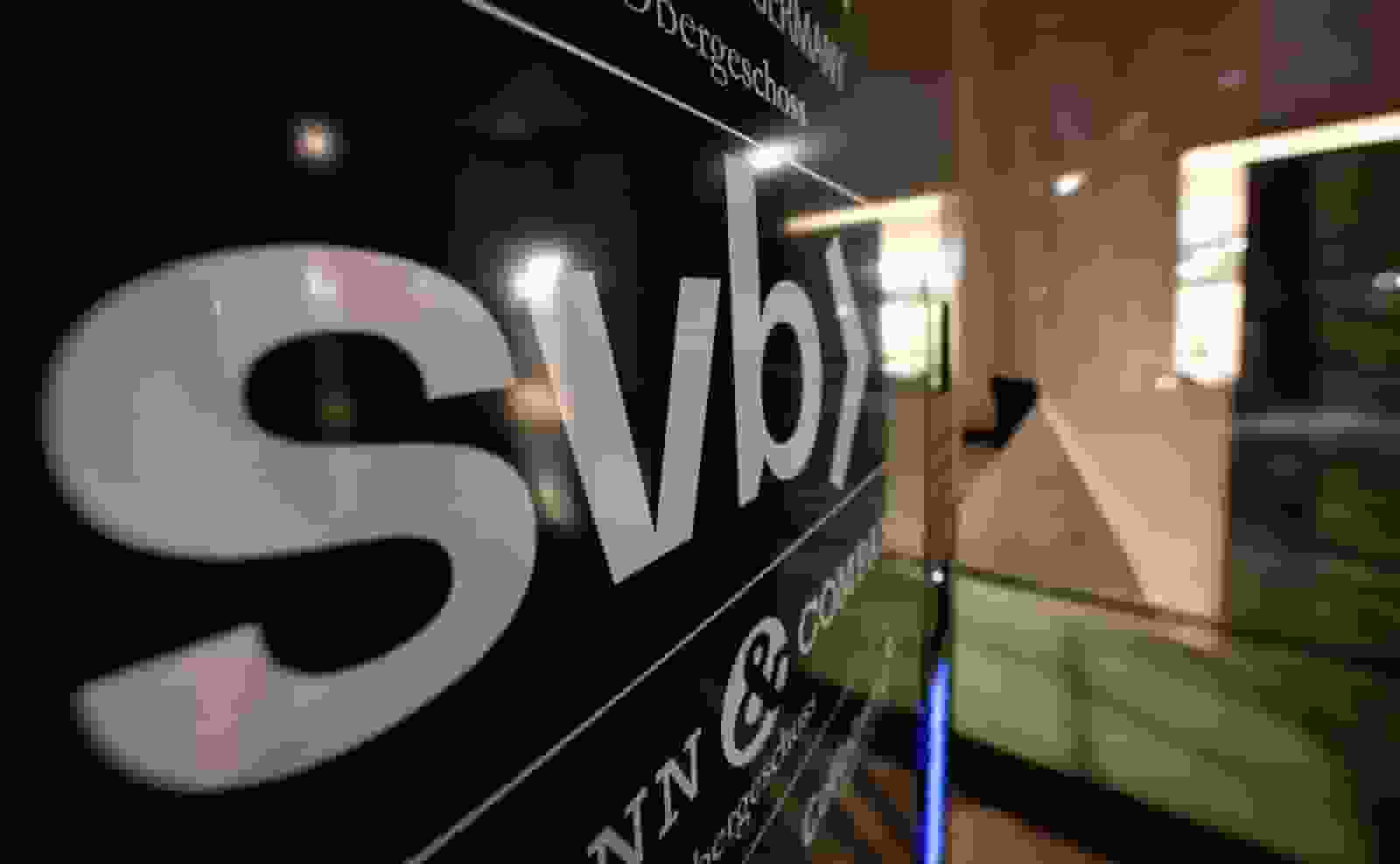Recently, two local banks failed, and the Fed intervened to replace any funds that depositors of those banks would have lost as they worried about the money in their accounts.
There are a few reasons why the US government and even the banks find it difficult to describe what happened in 2008 as a bailout in any manner, with the government refusing to use the term at all.
Depositors of those banks were concerned for their money when regulators seized Silicon Valley Bank (SVB) and Signature Bank over the weekend.
Depositors’ funds are insured by the FDIC up to a minimum of $250,000, so if you had more than that in one of those banks, you might not be as lucky.
As two big banks closed, many People are concerned about the potential effects on their wallets.
Many were already alarmed about the economy due to aggressive interest rate increases and inflation.
READ ALSO: Texas Takes the Lead on High Job Record, Outpacing National Average!
History’s second-largest bank failure in the US

Further anxiety looms with the closure of Silicon Valley Bank and the New York-based Signature Bank, which was the second-largest bank failure in American history.
This might affect tech firms and investors who are holding out to see if they will get their entire investment back.
Beyond the $250,000 guaranteed by the FDIC, however, the Treasury Department, the Federal Reserve, and the FDIC declared they would ensure that all depositors with accounts at SVB and Signature Bank would have access to their money by the next day.
The Fed also disclosed a few further initiatives, such as providing money in the form of one-year loans to other financial institutions. All of this is done to restore faith in other banks following the failure of SVB and prevent a bank run.
The money for these depositors at SVB and Signature Bank will not come from taxpayers, having been made clear by the White House, the Treasury, and the FDIC.
The FDIC’s Deposit Insurance Fund (DIF) is financed in large part by quarterly assessments on insured banks that are paid by the banks as well as interest on money invested in government bonds.
That $250,000 is guaranteed in this way, but the government is now going above and beyond that guarantee to engender confidence.
According to officials, the DIF presently has over $100 billion in it, which should be “sufficient” to pay out SVB and Signature Bank.
READ ALSO: Gambling Expansion in Texas: Will It Be Approved in 2023?

